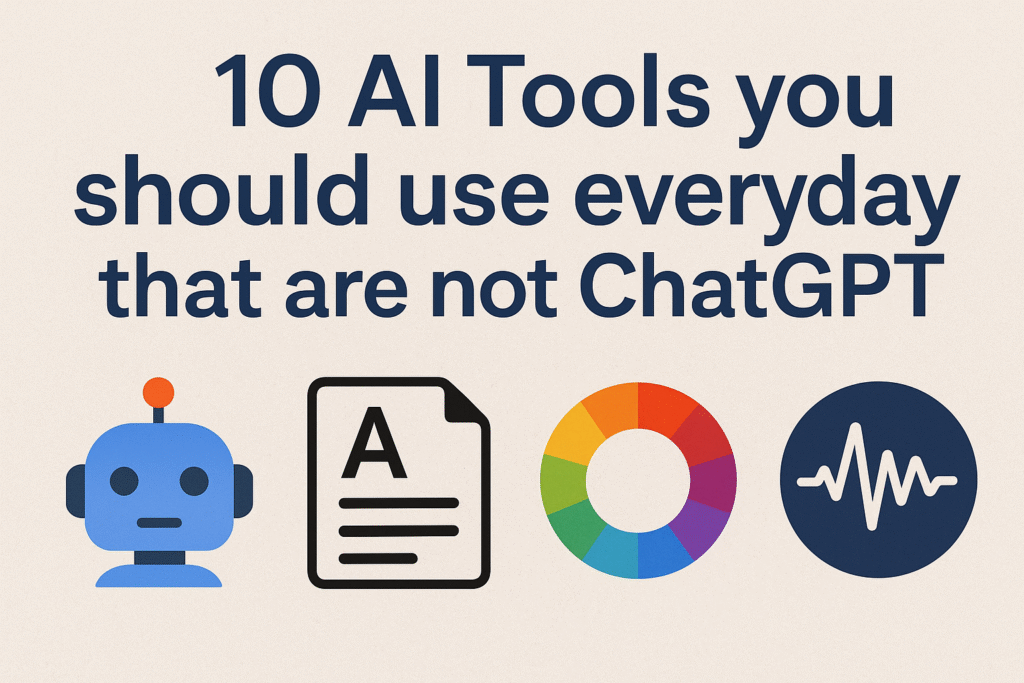Employee attrition rate is a key metric for businesses to understand over a certain period of time how many employees are leaving the company. Whether you’re a business owner or an HR professional, keeping track of attrition rates can help in reducing employee turnover by improving the environment of the workplace.
In this blog, we will learn about attrition rate, how to calculate it, and share tips to reduce it.
What does Attrition Rate mean?
Attrition rate refers to the percentage of employees who leave a company over a specific time period. The employees can leave due to various reasons like retirement, resignation, or other personal circumstances. It is important for the companies to track this number to oversee the overall environment of their workforce and gauge if there are any underlying issues which are leading to employee departure.
Attrition vs Turnover
Attrition generally refers to employees leaving on their own accord, often due to retirement or personal reasons. On the other hand, turnover includes all kinds of employee separations, voluntary or involuntary, like resignations, terminations, and retirements.

Attrition vs Retention
Attrition focuses on the number of employees who leave the company, while retention is about how well a company can keep its employees. If a company has high retention, fewer employees are leaving, and if the retention rate is low, more employees are likely to depart.

Types of Attrition Rate
There are four types of attribution rate based on the type of employees who leave:
1. Voluntary Attrition
When an employee chooses to leave on his/her own decision, such as finding another job, personal reasons or retiring.
2. Involuntary Attrition
When an employee is dismissed due to factors like termination, layoffs, or contract expiration.
3. Internal Attrition
When employees move internally within the company, such as transferring to another department, role, or location.
4. Demographic-Specific Attrition
When a specific group of employees, based on factors like gender, age or ethnicity, leaves the organization.
Why does attrition rate matter?
Attrition rate is important because it directly impacts the company’s ability to maintain a stable and experienced workforce. High attrition can be costly, both in terms of money and time, as the company has to constantly recruit and train new employees.
It can also affect morale, as high employee turnover may indicate underlying issues within the organization, such as poor management, lack of growth opportunities, or an unhealthy work culture.
How to calculate attrition rate?
There are two things you need to consider before calculating attrition rate:
- The number of employees who left the company in a specific period.
- The average number of employees during that same period.
| Attrition Rate Formula = (Number of Employees Left ÷ Average Number of Employees) × 100 |
For Example, if 10 employees left in a year and the average number of employees was 200, the attrition rate of that company would be:
= (10 ÷ 200) × 100
= 5%
What is a High Attrition Rate?
Generally, a high attrition rate indicates that a large number of employees are leaving very quickly while the low attrition rate means employees are staying for a long period of time in the company.
While the “normal” rate of attrition varies by industry, a rate above 20% annually is often considered high, then there might be a need to dig into the numbers. A high attrition rate can indicate eternal company issues, as such ineffective management or poor job satisfaction.
Reasons behind high attrition rate
There are many reasons behind why a company may experience a high attrition rate. Some common reasons include:
- Lack of career growth opportunities – Employees leave when they tend to feel that there is no chance of being promoted or career advancement.
- Poor work-life balance – Employees may leave when they are overburdened with work and fail to manage their personal life alongside.
- Inadequate compensation and benefits – Employees may look for better-paying jobs or better benefits where they can grow further into the career.
- Unhealthy work culture – Toxic and unhealthy environments, lack of support, or bad relationships with colleagues can lead to high attrition.
- Lack of job satisfaction – Employees seek new opportunities when they don’t enjoy their work.
How HR Software Can Reduce Employee Attrition Rate
Employee attrition is a major challenge for businesses, that impacts morale, productivity, and overall company performance. Fortunately, HR software offers effective solutions to manage and reduce turnover. Here’s how:
- Employee Engagement Surveys
HR software can facilitate regular engagement surveys to gauge employee satisfaction. - Streamlined Onboarding
A smooth onboarding experience is crucial for employee retention. HR software automates this process, helping new hires integrate into the company culture and feel supported from day one, reducing early-stage attrition. - Performance Management
With HR software, managers can track performance, set goals, and provide feedback. - Career Development
By tracking career progression and offering development opportunities, HR software ensures employees see a clear path for growth within the company. - Employee Well-being
HR software can also manage benefits and wellness programs, helping employees maintain a healthy work-life balance.
Incorporating HR software into your organization’s HR processes can create a positive, supportive environment that directly contributes to reducing employee attrition.
Conclusion
Employee attrition is a critical metric for any company. Understanding its causes, how to calculate it, and the impact it has on the business is vital. High attrition can hurt an organization, but with proper steps to improve retention and address employee concerns, you can reduce attrition and create a more stable workforce.
FAQs
1. Define Attrition
Attrition refers to the gradual reduction of a company’s workforce due to employees leaving voluntarily, typically due to reasons like resignation, retirement, or personal circumstances. It reflects the natural departure of employees without replacement.
2. What is the attrition formula in BPO?
The attrition formula in BPO (Business Process Outsourcing) is the same as in other industries. It is calculated using the formula:
Attrition Rate = (Number of Employees Left ÷ Average Number of Employees) × 100
3. What is the employee retention rate formula?
The employee retention rate formula is used to measure how well a company is able to keep its employees. It is calculated as:
Retention Rate = ((Number of Employees at End of Period – New Hires) ÷ Number of Employees at Start of Period) × 100
4. What does Attrition mean in HR?
In HR, attrition refers to the reduction in the number of employees in an organization due to reasons like voluntary resignation, retirement, or personal leave, without immediately replacing them.
5. What is the difference between shrinkage and attrition?
Shrinkage refers to the reduction in available working employees due to factors like absenteeism, lateness, or early departures during work hours.
Attrition, on the other hand, refers to employees leaving the company permanently due to reasons like resignation, retirement, or other personal reasons.
Reference Links:












1 comment